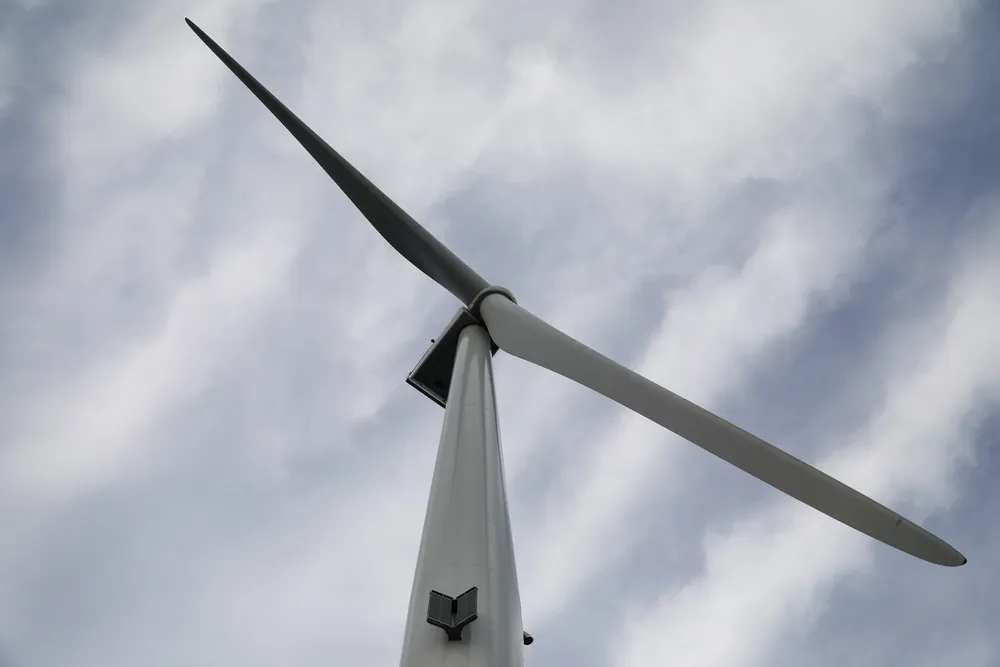Scotland eyes next offshore wind round aimed at decarbonising North Sea oil and gas assets
Just weeks after ScotWind, seabed landlord eyes bidding in June to power offshore oil and gas assets and for innovative technologies such as green hydrogen

Just weeks after ScotWind, seabed landlord eyes bidding in June to power offshore oil and gas assets and for innovative technologies such as green hydrogen
